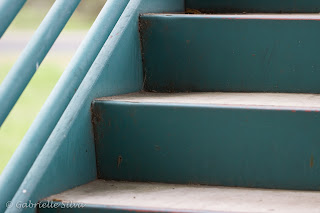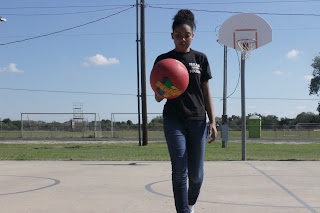1. Why slow down your shutter speed?
When you slow down your shutter, you allow the camera shutter to be open long enough to capture the movement of your subject.
2. What are the two primary ways to create motion in a photograph?
You can create motion in your photography by either having the subject moving or moving the camera itself.
3. Why use a Shutter Priority mode?
Using shutter priority mode will give the photographer full control of shutter speed while the camera sets aperture. This ensures that photographer a well exposed shot while they can easily change shutter speeds.
4. What are three primary methods to compensate for long shutter speeds when there is too much light?
Three primary methods to compensate fo long shutter speeds when there is too much light are:
- Use a smaller aperture
- Lower the ISO
- Use a ND filter
5. From the Web site, what is a good starting shutter speed range (fastest to slowest) that you should start out with when attempting panning?
When attempting panning, you should start with about a 1/60 or 1/15 shutter speed.
6. From the video, why is the center auto focus point important for panning?
The center auto focus point is important for panning because it is the fastest auto focus point and because you can use it as a target to follow to ensure that your subject will come out crisp and clear.
7. From the video, why should you use Continuous Drive mode of panning?
You should use continuous drive mode when panning because you have a higher chance of getting a perfect shot because it takes more pictures quicker than the single shot mode.
8. What does the "AI Servo" auto focus mode do?
AI-Servo tracks focus on moving subjects so as your subject moves your camera constantly updates focus to keep the subject as sharp as possible.
9. What are the advantages of shooting in "AI Servo" auto focus mode for sports/action photography?
The advantages for shooting in AI Servo auto focus mode for sports/ action photography is that as a photographer you can take multiple pictures of your subject as they move because the camera will automatically update the focus as the subject moves.
10. Why should you consider using Back Button Focus for action photography?
Back button focus is a good option to be considered for action photography, because it allows you to use one shot and continuous modes interchangeably. With back button focus on you can use the continuous shot mode to take photos of moving objects and single shot mode for still objects, you simply have to set the focus once and let go with the back button focus and press the shutter down to get a single shot.
11. What are some of the challenges of Back Button Focus?
Some challenges that come with using back button focus are mostly adjusting and getting use to the different mode since most photographers don't standardly shoot using back button focus.






























































